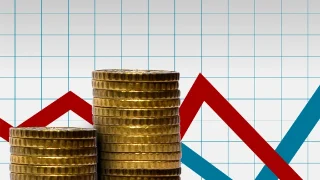
Taxation generates various administrative, evasion, compliance and rent-seeking costs. The Australian Taxation Office employs over 21,000 people, and its expenses in 2002-03 amounted to over $2.3 billion. Australia’s total ‘tax army’ of tax lawyers and accountants, as well as ATO staff, is more than three times the size of our ‘real army’. Taxation also leads to ‘deadweight losses’ (basically, the value of lost output) by prompting people to switch from higher valued to lower valued economic activities. Total deadweight losses from taxation in Australia in 2003-04 are estimated at between $46 billion and $61 billion (approximately equal to the amount of public spending devoted to health each year). While tax revenues may be spent by government on beneficial uses, these benefits have to be weighed against the deadweight losses incurred as a result of levying the tax in the first place. This is rarely done, and there are no official published estimates of deadweight costs. Any proposed spending that does not provide a higher percentage return than the marginal cost of raising the extra revenue cannot be justified in economic terms. Australian research estimates the cost of raising $1 in additional tax revenue is between $1.19 and $1.65. To be economically justified, the last dollar of government spending should therefore create a return of at least 19 percent, net of any additional administrative or production costs. It is doubtful if many projects would pass this benchmark test.










